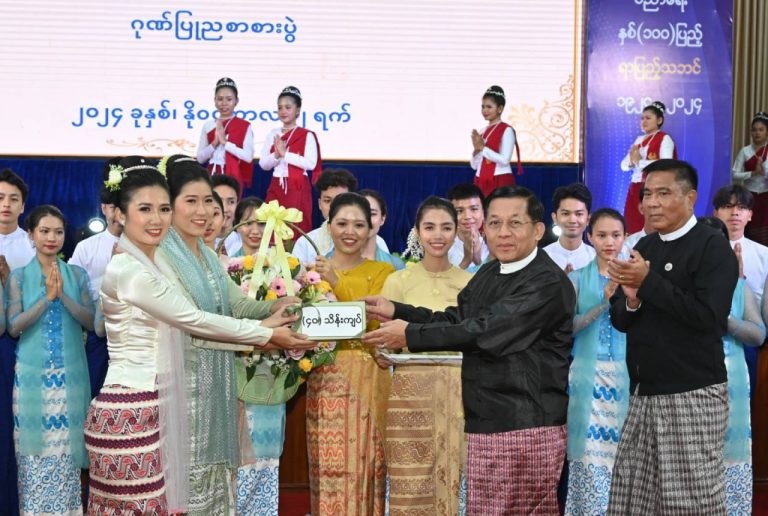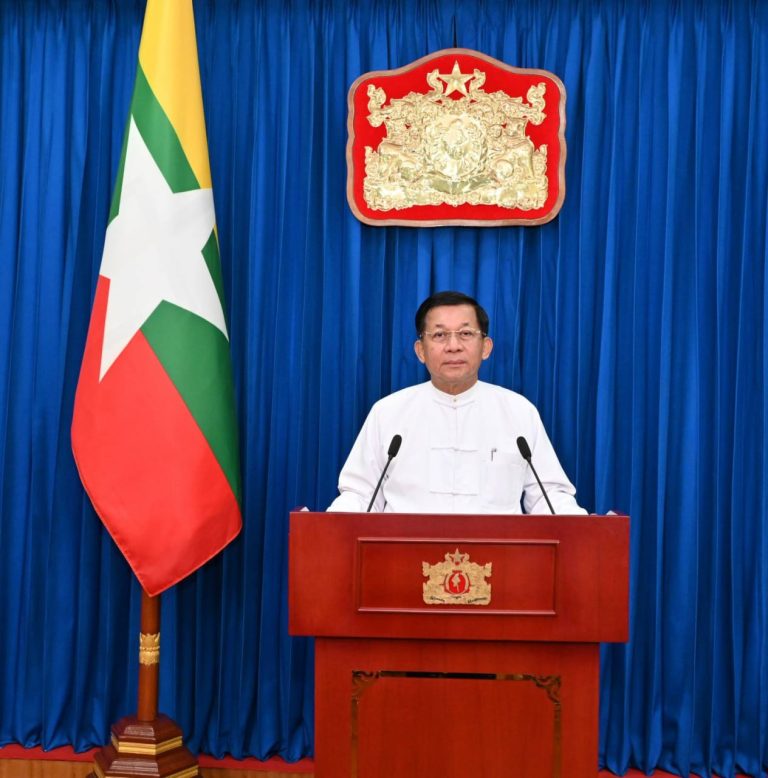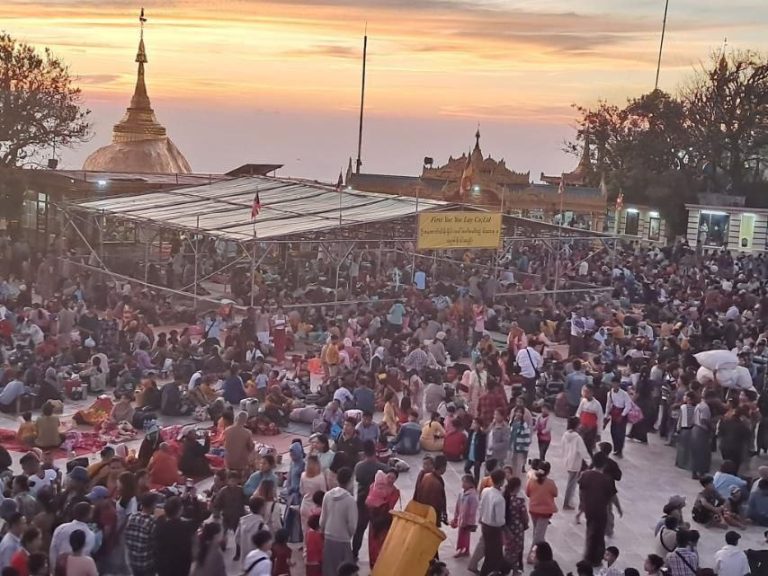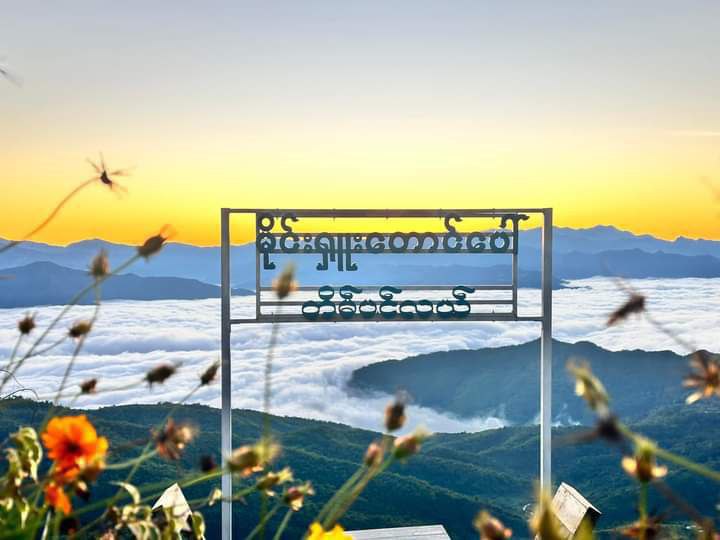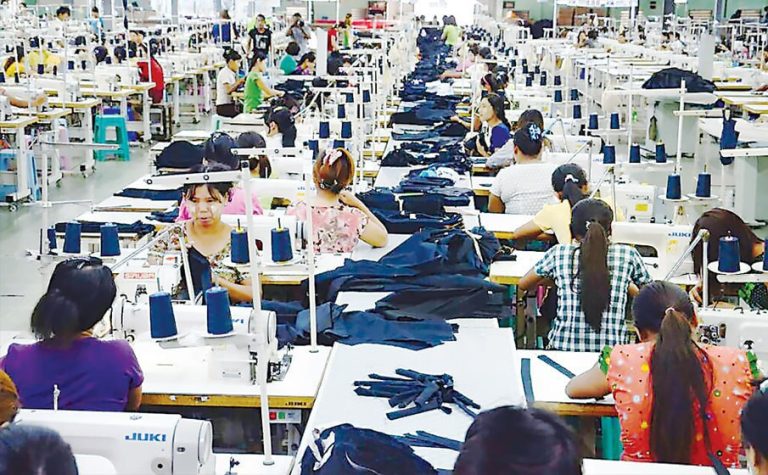
MT News
RENOVATION and preservation of cultural heritage in Bagan are of paramount importance, considering the historical significance of the region. Bagan boasts over 1,000 years of ancient buildings, making it a World Heritage Region that captures the attention of the international community.
Throughout its history, the Bagan cultural region has endured the impact of natural disasters. Earthquakes of high intensity have repeatedly struck Bagan, causing damage to ancient stupas, temples, and religious edifices. In August 2016, a powerful earthquake shook the region, resulting in the damage of 389 ancient stupas and temples.
More recently, the Bagan region was hit by the severe storm Mocha in May 2023. Heavy rains caused flooding in the precincts of 15 stupas and temples, including Sulamani and Dhammayangyi temples, and resulted in minor damage to 45 ancient buildings. Such natural disasters emphasize the urgent need for the preservation and protection of Bagan’s cultural heritage.
The Leading Committee on Renovation of Cultural Heritage in Bagan World Heritage Site plays a crucial role in managing security measures and preserving the cultural region. The committee aims to attract more domestic and international travellers and emphasizes the implementation of a nineyear plan to restore the earthquake-damaged Thatbyinnyu Temple, with the assistance of Chinese experts.
nese experts. To improve the environment and make the disaster-prone Bagan cultural region more resilient, it is essential to engage in green and sustainable activities. Given the vulnerability of ancient buildings in Bagan to natural disasters, proper maintenance and preservation are key to their sustainability.
The Department of Archaeology and National Museum has taken responsibility for the maintenance of seven out of eight ancient stupas and temples in the Bagan cultural region. Chinese experts are currently involved in renovating the damaged parts of the wall of Thatbyinnyu Temple. Additionally, authorities have undertaken land preparations at the inundated precinct of Sulamani Temple and repaired drains without causing harm to the valuable cultural heritage.
Preserving the ancient cultural heritage in the Bagan World Heritage Site requires the concerted efforts of relevant ministries, local and foreign experts, and concerned departments. Yearly plans, guided by the technical assistance and advice of local and foreign experts, should be implemented to efficiently spend the fund contributed by local and foreign well-wishers on the renovation and preservation of religious edifices, aligning with the year-wise action plans to ensure their long-term sustainability. By emphasizing the preservation of cultural heritage in Bagan, everybody needs to preserve the rich history and architectural wonders of this ancient region for generations to come.

